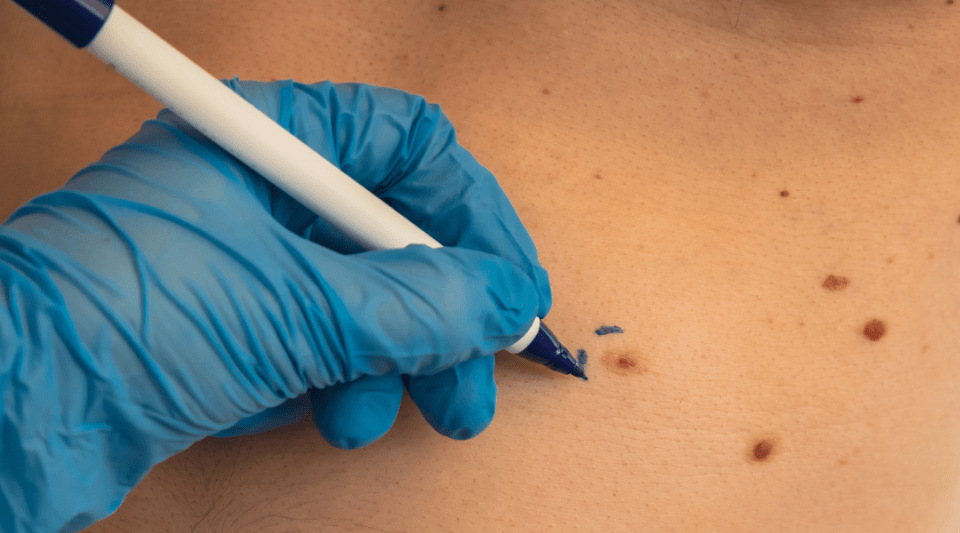Obstructive sleep apnoea (OSA) is a disorder in which breathing is repeatedly interrupted while sleeping. This obstruction of the upper airway can be total (apnoea) or partial (hypopnoea). It causes a reduction in the blood oxygen level and the pressure of the heart and lungs, and leads to brief transient awakening episodes; thus, sleep is non-restorative.
The prevalence of OSA in people of median age is 24-26% for men and 17-28% for women; it increases with age and for people with other conditions, such as high blood pressure. Around 2 million people in Spain have OSA. However, less than 10% of people affected are diagnosed or treated correctly.
The main symptoms of the disease are: snoring, respiratory breaks and excessive daytime drowsiness. In addition, repeated apnoea episodes activate the nervous system and trigger mechanisms such as oxidative stress and inflammation; which are responsible for OSA being associated with other diseases. Moreover, current scientific evidence has shown that OSA is an independent risk factor for the development of cardiovascular disease: Mainly, high blood pressure, cerebrovascular disease, atrial fibrillation (arrhythmia) and heart failure.
Therefore, if you snore and feel drowsy during the day you are recommended to see your primary care doctor. After proper treatment, the quality of life and night rest improve considerably for most people. In addition, risks related to associated pathology are reduced.
What are the main causes or risk factors for the development of this disorder in adulthood?
- Obesity. Being overweight leads to an accumulation of fat in the neck and base of the tongue; this increases the likelihood of the upper airway (UAW) collapsing while asleep.
- Male sex Men have a greater pharyngeal and laryngeal resistance than women.
- Age The older a person, the easier it is for their upper airway to collapse.
- Alcohol. Alcohol intensifies snoring in both healthy individuals and people with OSA. In addition, it is a central nervous system depressant that reduces the body’s ability to take in oxygen (hypoxia) and, therefore, lowers the threshold for waking up during apnoea.
- Smoking. Smoking irritates the mucous membranes.
- Hypnotic drugs or depressants of the central nervous system. Examples are codeine, morphine, neuroleptics and anxiolytics, among others.
- Anatomical factors that lead to upper airway obstruction (UAO), such as obstruction by the adenoids and tonsils and craniofacial malformations.
- Hormonal factors such as hypothyroidism.
- Neurological and respiratory diseases.
The most common symptoms, which you should see you doctor about, are:
- Excessive snoring.
- Excessive daytime sleepiness.
- Tiredness or fatigue during the day.
- Unrefreshing sleep.
- Apnoea observed while asleep (episodes of nocturnal asphyxia).
- Waking up frequently.
- Increased frequency of nighttime urination (nocturia).
- Morning headaches.
- Arterial hypertension
To diagnose OSA, it is essential to check the medical history and undergo a detailed physical examination and sleep test. The reference test is conventional polysomnography, but there are other types of sleep tests that have proven to be equally effective in certain types of patients. These tests, which are normally performed at night, collect respiratory and neurological variables to evaluate the presence and type of sleep apnoea, oxygen saturation and, in some cases, the quality and quantity of sleep.
OSA is an independent risk factor for the development of other diseases. It is also associated with a worsening in the quality of life, an increase in the rate of traffic accidents and has been related to diabetes, metabolic syndrome, cognitive disorders and even cancer. Thus, it is essential to go to the doctor for a proper diagnosis and find out the most appropriate treatment option in each case.
Information documented by:
Dr. Mireia Dalmases, Pneumologist at the Pneumology and Respiratory Allergy Department, Hospital Clinic Barcelona.






